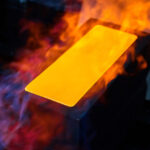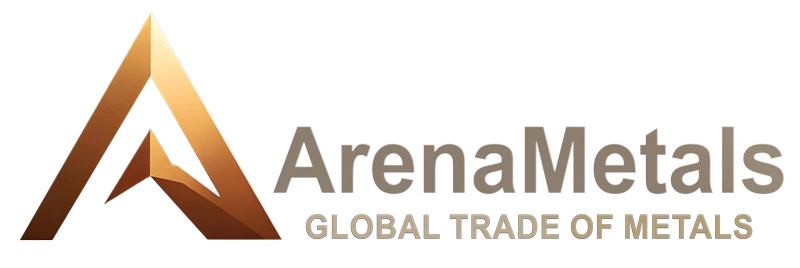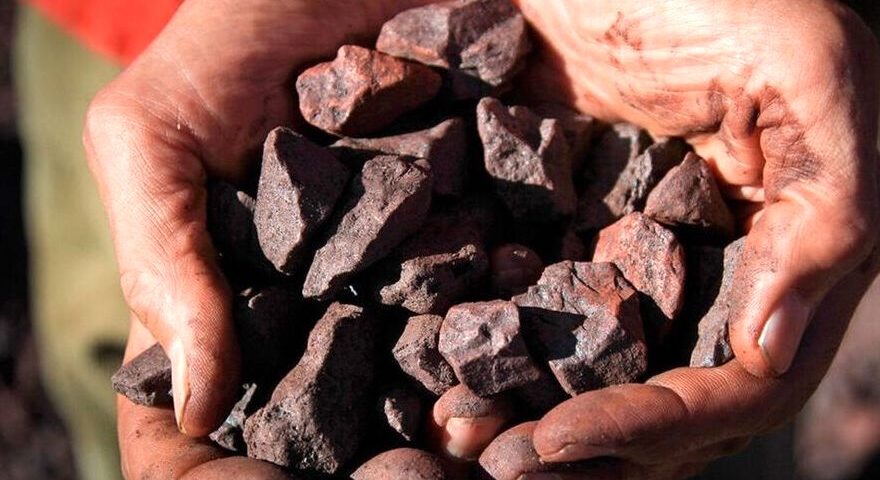
Special news for mining activists and investors
September 3, 2025📉 Prices (CFR China)
62% Fe = $101.85 ($1.75 decrease)
65% Fe = $120.45 ($1.75 off)
58% Fe = $89.35 ($1.65 decrease)
The simultaneous decline in all grades suggests that overall demand for iron ore is low, not just for specific grades. The $100 range for 62% Fe is an important psychological level; further declines could put psychological pressure on the market.
🚢 Freight (Capesize Freight)
Australia → China = $10.25/ton (slight increase of $0.05)
Brazil → China = $24.50/ton (unchanged)
Freight rates on the Australia route have increased slightly, which could be due to vessel constraints or a short-term increase in demand, but the Brazil route has remained flat. Freight costs are still above historical averages, putting additional pressure on the total cost.
⚖️ Premiums
LAMP = $0.184/dmtu (slight increase; indicating a preference for higher value-added materials)
BF pellets = $26/ton ($1 down; signal of weakness in the blast furnace market)
DR pellets = $49.25/ton ($5 increase; indicating stronger demand in the direct recovery sector, especially the Middle East and some Asian countries)
The difference in the trajectory of BF and DR is important: decline in BF (traditional Chinese steelmaking) but growth in DR (green/modern steel). This could be a sign of a gradual shift in demand.
🏭 Market behavior
Chinese buyers: Cautious and passive, in wait-and-see mode (due to bearish price outlook)
Sellers: Flexible on price but strict on supply (sign of risk control and real supply constraints)
Indian demand: Weak due to monsoon rains (the monsoon season actually slows down steel consumption and construction)
Result: Low trading volume, “Low Liquidity” market environment.
📊 Futures Structure
Mild backwardation: Near-term prices are higher than long-term prices (sign of an expected price decline in the future)
Q1’26 = $97.85 (below $100; bearish signal and negative outlook)
Market sentiment = Cooling / Bearish (cool and bearish atmosphere, activists in defensive mode)
Futures traders are betting more on a price drop, which is reinforcing the downward pressure in the cash market.
Steel products (China rebar)
FOB = $483/ton (down $6)
The decline in rebar prices in China confirms that final steel demand is also weak, and the decline in iron ore prices is not only due to supply, but also due to weak demand in the end-use sector (construction and infrastructure).
🧭 Analytical summary
The iron ore market entered a downward correction phase at the beginning of September.
China’s demand is weak, India is caught in the monsoon, and future signals are also bearish → Negative short-term outlook.
The only bright spot: the rising DR pellet premium, which signals the growing importance of green steel and direct recovery.
There is a possibility of breaking the $100 level for 62% Fe in the short term.
For mining and commercial operators
Hedging is recommended in futures contracts.
In exports, focusing on DR markets (e.g. the Middle East) can be more profitable than the Chinese market.
The patience of Chinese buyers could put further downward pressure on suppliers.
In one sentence:
The iron ore market is cooling in September 2025; weak demand, bearish outlook and pressure on prices, but in the long term the green steel raw material path looks more attractive.
Telegram channel




